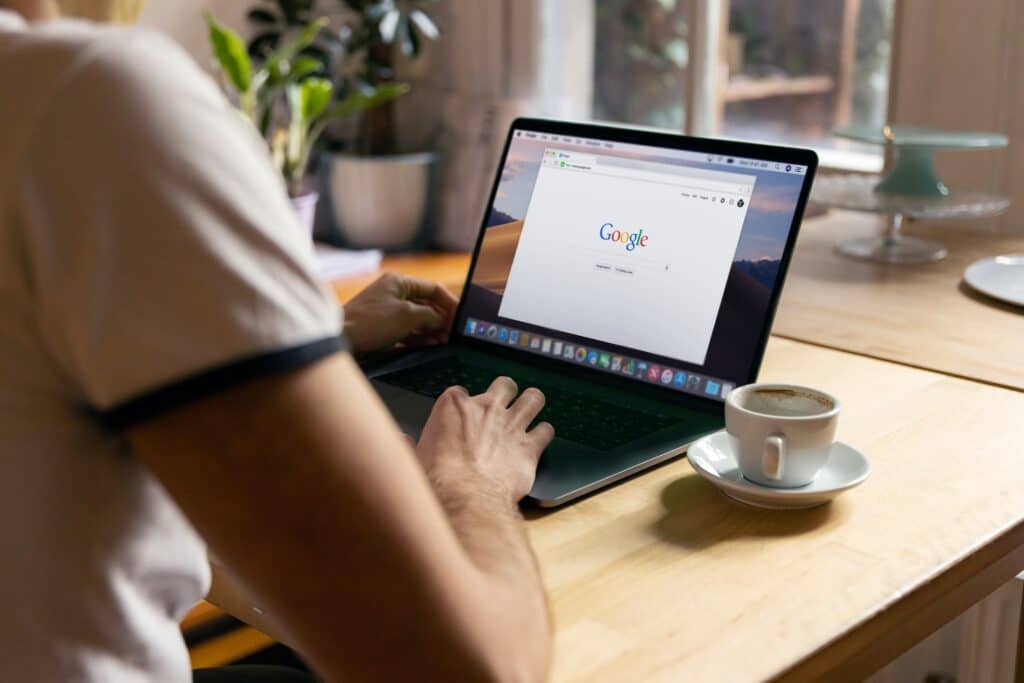Life After COVID

Last month The Guardian published an article titled ‘The genie is out of the bottle’: telehealth points way for Australia post pandemic. The paper made the message clear—beyond COVID-19 telehealth will play a larger role in Australian medicine. But will it? And what are the pros and cons? We investigated.
Let’s start with the facts. In a recent HotDoc patient survey we found that 55% of patients who had had a telehealth appointment in the last two months said they would prefer telehealth to in-person GP appointments post-COVID-19 restrictions. Adding to this, 68% of the same group said they think their last in-person appointment could have been done just as effectively by telehealth.
This paves an opportunistic future for telehealth. As Leanne Wells CEO of the Consumers Health Forum of Australia says, “The genie is out of the bottle. It is very difficult to introduce something that people and clinicians really like and then take it completely off the table.”
While patients clearly have an appetite for telehealth, Harry Nespolon President of the Royal Australian College of General Practitioners says the number of consultations that can be done appropriately over telehealth is about 40 per cent. He stressed, “So about 60%, or the majority of consultations, still involve the patient coming in and seeing the doctor, for really obvious reasons.”
Peta Rutherford CEO of the Rural Doctors Association of Australia stressed this too. She says, “It’s critical to understand that telehealth shouldn’t be replacement care. It should be supplementary or adjunct to face-to-face care. Nothing will replace the in-person care a physician can provide.”
Dr April Armstrong founder of Business For Doctors and a council member of AMA (WA) makes this distinction too. “I believe there are many benefits to telehealth but only when it is used as an adjunct to the patient’s regular practitioner.”
This is an important point to stress. This article is not a list of pros and cons about whether telehealth should replace in-person care. It is a debate for and against introducing more telehealth to medicine than pre-COVID—when telehealth was virtually non-existent. This considered let’s run through the pros and cons.
Pros of telehealth
To kick things off let’s remember that Harry Nespolon President of the RACGP said to the ABC last month that “[Telehealth] is part of most healthcare systems across the world, it’s a more efficient way of delivering healthcare to patients and it also means we’re able to develop a whole lot of new telehealth services.”
He also stated that he wanted to see the expanded telehealth services become a permanent part of the Medicare system, pending further development of the model.
Dr Jon Field Director of Docto—an online hospital providing telehealth appointments with medical specialists—says “telehealth has the opportunity to make healthcare accessible. It has the opportunity to wipe out waitlists, or at least reduce them. It allows patients to leverage their doctors time not just when they’re in the practice. It just makes the whole thing more accessible for both parties.”
Anna Peeters Director of the Institute of Health Transformation at Deakin University agrees. She says prior to COVID-19 telehealth had been extremely underutilised in Australia. “It’s a much more convenient way of accessing healthcare, it’s a much more equitable way of accessing healthcare, and it can also give [the practitioner] more flexibility in many ways as well.”
Dr Field says, “The patients who can benefit most [from telehealth] are those who have trouble accessing healthcare. So rural patients, patients with mobility issues, patients needing follow-up appointments. Patients for instance who you already know—who you don’t necessarily need to examine.”
Peta Rutherford CEO of the Rural Doctors Association of Australia agrees with this benefit.
“We see a great opportunity for people who should have more contact with their doctor for their chronic illness but don’t. There are lots of opportunities if you’re aged. If you have mobility problems, if you don’t have access to public transport, or you don’t have someone to take you to the GP.”
“For accessibility to healthcare and access in a timely manner, telehealth absolutely has a significant role to play,” Rutherford says. “And especially Australia being so large. There are a lot of people living outside of our regional centres. In that sense telehealth has an opportunistic future.”
Dr April Armstrong says, “Going forward telehealth has a big role to play for things like specialist services and allied health services. Services that we struggle to get specialists for—like speech therapy, dietetics, diabetes education, breastfeeding etc.”
In terms of practice efficiency there are also benefits to telehealth. Michael Sterling Practice Manager at Gladstone Street Medical Clinic says, “There are so many things doctors can be doing through telehealth and telephone that don’t require the gumming up of the system for a 15 minute appointment or a 30 minute appointment.”
There are also perks for doctors. Dr Chris Bollen a GP in Adelaide who cares for many elderly people living in their own homes says there are lots of advantages to telehealth for clinicians. “I see their smiling faces, rather than in the waiting room where you are running late. I go home at the end of the day after seeing lots of complex patients but am much less stressed because I don’t have waiting room pressure.”
Dr Jon Field sees a similar benefit. “Doctors can work from home and do a consultation very easily. They can meet a patient after hours without going into the practice. It gives them more flexibility and control.”
Above: Dr Jon Field
Cons of telehealth
So what are the cons to telehealth?
Peta Rutherford CEO of the Rural Doctors Association of Australia says “I think telehealth at times places convenience first. And while I think that convenience is important it needs to be weighed up with quality of care. We know that when a patient has continuity of care their health outcomes are improved.”
For instance, Rutherford says, “We are concerned with the number of consultations being done over the phone. We would like to see this more balanced with video consultations.”
And the truth is the numbers are concerning. According to Australian MBS data around 90% of telehealth is being done by phone and just 10% by video. For instance in March this year 1.3 million general practice telehealth consultations were processed and over 1.1 million of them were done by phone (89%). In specialist bookings this crept to 91% of consultations being delivered by phone and just 9% by video.
This preference for phone over video can’t just be blamed on doctors. In our Patient Survey we found that while young patients (18-29 year olds) liked phone and video equally as much, all other age groups preferred phone. In fact, patients over 60 were twice as likely to prefer phone over video. This is definitely a danger.
Dr Jon Field says, “I think people underestimate how much video adds. Not only does it add significant rapport and context, but it also allows you to actually examine the patient in certain areas.”
Although this brings up its own problems, Dr April Armstrong says.
“Some doctors are using telehealth and delivering poorer quality care to patients. They are substituting telehealth for a face-to-face consult when a physical examination is necessary.”
Dr Armstrong also says, “There’s also a loss of connectivity with patients who have mental health disorders. For instance, doing a psychiatric assessment by telephone or video can miss the subtle signs that you don’t get when you’re in the same room as the patient.”
Peta Rutherford CEO of the Rural Doctors Association of Australia says telehealth popup businesses can also put on-the-ground doctors out of work.
“We’ve seen it particularly in the psychology services in remote communities. When this broader telehealth initiative came in a couple of years ago, psychologists who were already in rural communities lost a lot of business. Eventually the community lost a face-to-face psychologist altogether. That was really sad because they lost someone who was actually invested in that community,” Rutherford says.
Dr Jon Field also points to a tricky problem with telehealth. “For telehealth to work it has to be seamless and accessible to both the doctor and the patient. So both parties won’t do it unless it is perfect.”
He says, “Also setting patient expectations is super important. You have to make sure patients aren’t going to be disappointed. We work hard at this on our 24 hour service. We make it clear what we will and won’t do so we don’t have patients coming through the system who want something they aren’t going to get.”
What are your thoughts? Join the conversation at For the Love of Healthcare.



